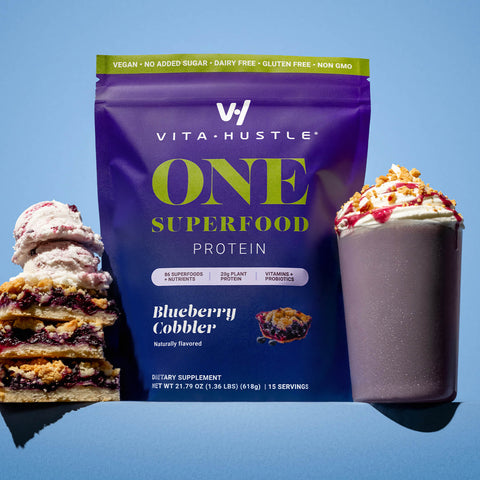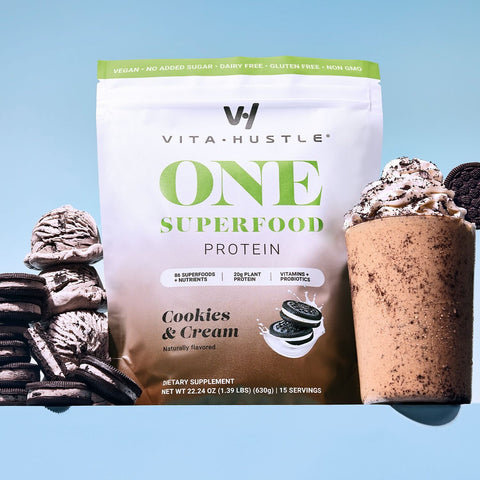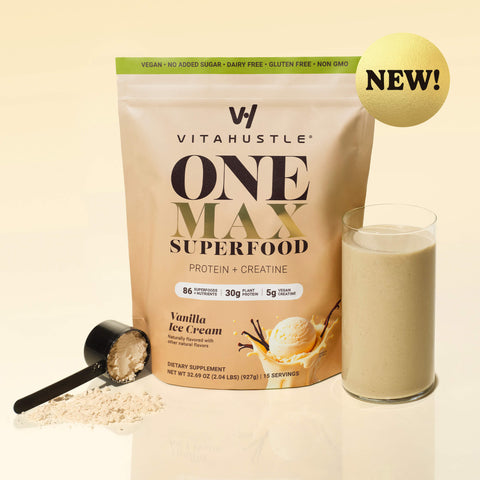Over the last few years, the fitness world has become crazy for sprints. Everywhere you look, gyms are advertising classes for High-Intensity Interval Training, which is just jargon for “sprint-recover-repeat.” There’s a lot to be said for sprinting: it burns loads of calories, it’s a basic human skill that everyone should have, and it sure doesn’t lend itself to a boring workout. However, for the average fitness-minded person, sprints are not a magic bullet for an instantly ripped physique. Steady-state cardio workouts (30 minutes at a moderate tempo) will get you to the same goal and might be a better choice of workout for some people.
Proponents of high-intensity cardio training will often point to a picture of a lean and muscular Olympic sprinter and compare it to the emaciated look of an Olympic marathoner. No doubt, most of us would rather look like a sprinter, but to compare the training regimen (and the genetics) of a world-class athlete to your average gym-goer isn’t exactly peer-reviewed scientific research. What is true about sprinting is that you can burn the same number of calories in a much shorter amount of time than you can with jogging or some other slow-and-steady form of cardio.
With high-intensity workouts, there is also something called Excess Post-Exercise Oxygen Consumption, or EPOC. When you use a lot of oxygen during a workout (picture yourself gasping for breath as you run repeats on a track), your metabolism stays elevated for as long as 24 hours after the workout. The problem is, the actual calorie-burning of EPOC is often overestimated. One study found that EPOC only equates to between six and 15 percent of the total calories you utilize during the workout. So, if you burn 300 calories from sprinting, your bonus loss will be between 18 and 45 calories, or about three peanut M&M’s (10-12 calories per). Another study found almost no difference in post-exercise calorie consumption between women who did a series of pool sprints and those who swam for 30 straight minutes.
Steady-state cardio has been a fitness industry punching bag for the last few years, but it still has its place when it comes to physical conditioning and fat loss. Performing 30 to 40 minutes of steady cardio trains your body to tolerate an elevated heart rate, endure greater stress, and operate at a higher level of exertion. When it comes to the weight room, the place where real physique changes are built, these benefits will help you perform more volume and recover more quickly between sets. And unlike sprinting, moderate-intensity cardio also doesn’t compete for the same muscular endurance and power reservoirs that you need for a quality session in the gym.
Ultimately, sprinting and sustained cardio can both help you reach your physique goals. One is not better than the other. As a capable human being, you should be able to both escape from predators (sprint) as well as hunt and gather (engage in 30 to 60 minutes of moderate cardio). If you love the thrill of exertion or crave the active meditation of a long jog, then do whichever one enriches your life. They’re both good.

















